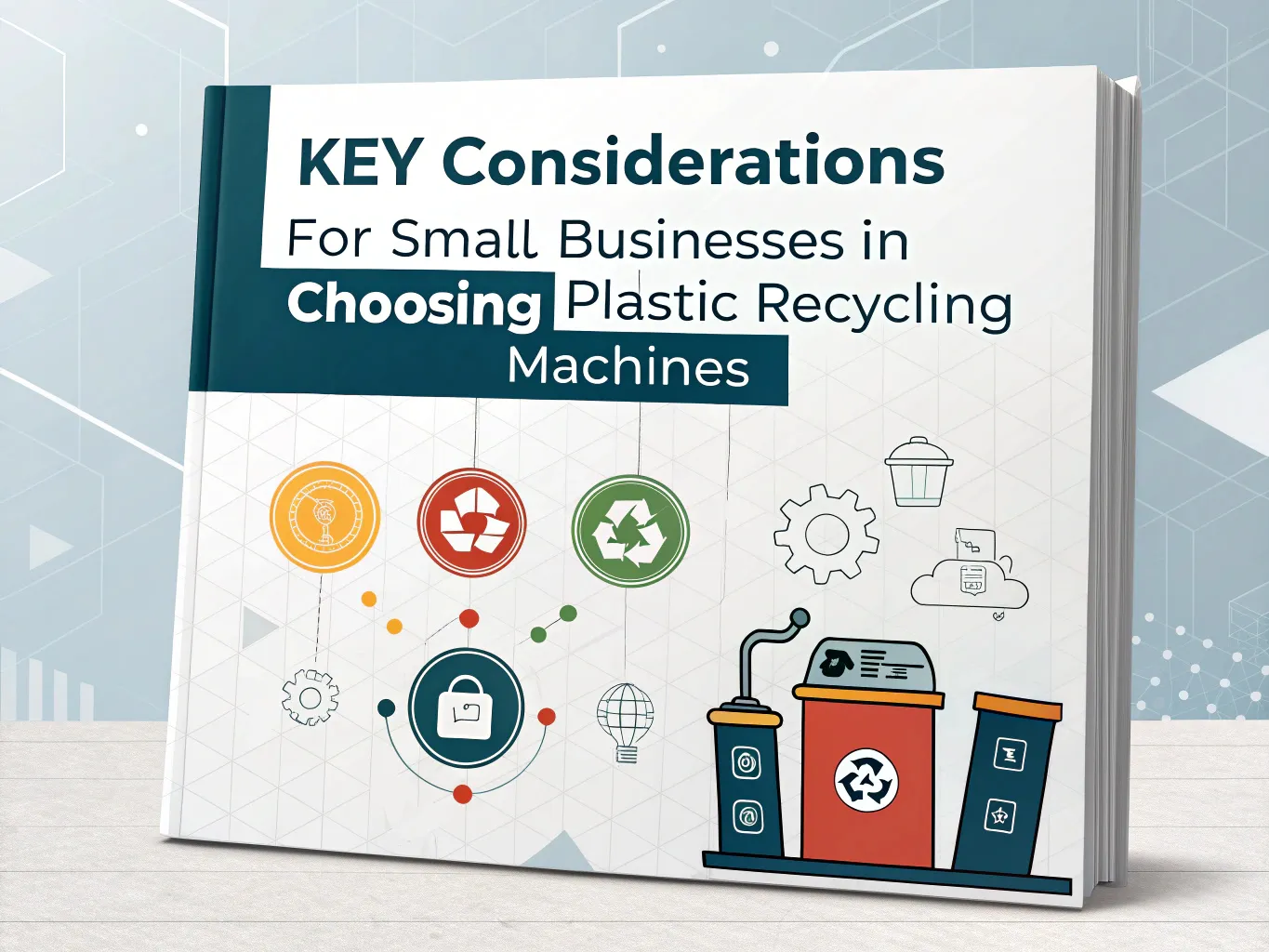For small businesses, selecting the right plastic recycling equipment requires balancing cost, efficiency, and long-term operational needs. Here are practical suggestions from the perspectives of core functions, applicable scenarios, and cost-effectiveness.
1. Evaluate Plastic Waste Types and Processing Volume
Plastic Classification: Identifying the types of plastic to be recycled (such as PET, HDPE, LDPE, or PP) is the basis for selecting equipment. For instance, PET bottles require high-efficiency shredders, while thin-film LDPE needs equipment with stronger cutting force.
Processing Volume Matching: Small businesses typically handle between 100 and 500 kilograms of waste per day. It is advisable to choose compact machines, such as the Energycle Plastic Shredder or Rumtoo, to avoid oversupply and the resulting resource wastage.
2. Core Equipment Functions and Advantages
Shredders: These are used for initial breakdown of large plastic items, making subsequent processing easier. Single-shaft shredders are suitable for processing light materials like film and woven bags, with low noise and controllable maintenance costs.
Granulators: These convert the shredded material into uniform pellets, which are easier for secondary processing. The Energycle RTM-G series is known for its high cutting efficiency and durability, making it ideal for processing injection molding waste.
Extruders: These are suitable for converting pellets into 3D printing filaments or plastic sheets. The Energycle RTM series supports multi-layer film and dirty material processing, enhancing pellet quality through a dual-column filtration system.
3. Cost and Long-Term Benefit Analysis
Initial Investment: The price range for medium-sized equipment is $10,000–$50,000, and businesses must weigh automation levels against labor costs. For example, integrated systems like the Energycle RTM can reduce preprocessing steps and lower labor requirements.
Operating Costs: Focus on energy consumption and maintenance frequency. Air-cooled recycling machines do not require water, reducing energy consumption by 30% compared to traditional models, making them suitable for space-constrained factories.
Recycling Profits: High-quality pellets can be resold or used for in-house production. For instance, there is steady market demand for HDPE pellets, which can fetch between $500 and $800 per ton.
4. Reliability and Technical Support
Brand Reputation: It is preferable to select established brands like Rumtoo or Vecoplan, ensuring the equipment lasts for over 10 years and comes with localized after-sales service.
Modular Design: Some equipment supports functional expansion (such as adding filtration units) to accommodate business growth and avoid redundant investment.
5. Regulations and Sustainability
Compliance: The equipment should meet local emission and noise standards, such as EU CE certification or US OSHA requirements.
Environmental Benefits: Recycling one ton of plastic reduces 1.5 tons of carbon emissions and can decrease waste disposal costs by 30%–50%.
Conclusion
Small businesses should prioritize modular, energy-efficient equipment that matches their waste types, such as the Energycle RTM series. By accurately matching equipment to their needs, businesses can not only reduce operating costs but also enhance market competitiveness through high-quality pellet production. In the long term, investing in reliable equipment strengthens supply chain resilience and helps achieve circular economy goals.



